
Army Medicine joins forces with civilian hospitals to sustain medical readiness
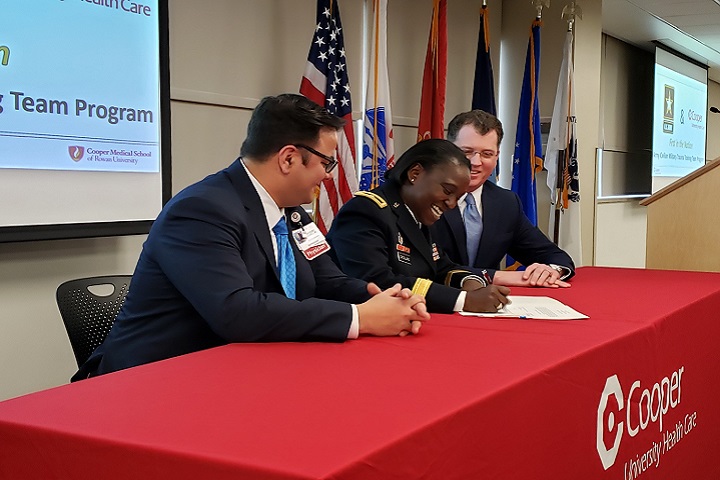
Army Brig. Gen. Telita Crosland, RHC-Atlantic Commanding General, signs letter of commitment Jan. 18 recognizing the partnership between Army Medicine and Cooper University Health Care to provide advanced surgical trauma training allowing Army medical professionals to sustain their trauma skills by working alongside civilian counterparts at high-volume Level 1 trauma centers. Cooper joins the Oregon Health & Science University as one of the two trauma centers partnering with Army Medicine. (Courtesy photo by Cooper University Health Care )
A group of 10 Army medical professionals are the first to participate in a new program designed to help them sustain battlefield medicine skills. But the doctors and nurses are training far from combat support hospitals in austere locations, instead they are honing their skills in two of the nation's civilian teaching hospitals.
The program, called Army Military-Civilian Trauma Team Training (AMCT3), is a two-to-three year program at Cooper University Health Care in Camden, New Jersey, and Oregon Health and Sciences University in Portland, Oregon. The goal of the program is to advance military trauma operational readiness for deployment around the globe by partnering with high-volume civilian trauma centers to gain critical teamwork and technical trauma skills.
"We are good at trauma care but remain relentless in our pursuit of zero preventable battlefield casualties," said Army Brig. Gen. Telita Crosland, commanding general, Regional Health Command-Atlantic, who recently signed letters of commitment on behalf of the Army Surgeon General symbolizing the partnership. "Partnerships with leading trauma centers like Cooper and OHSU allows Army Medicine to leverage a national and global network of support that brings us closer to our goal," added Crosland.
The program gives Army surgical teams and individual Soldiers the opportunity to maintain proficiency and sustain their trauma skills by working alongside civilian counter parts at high-volume Level 1 trauma centers, according to Crosland. Level 1 trauma centers are comprehensive regional facilities capable of providing total care for every aspect of injury.
"This is another first for Cooper, and we are honored and proud to train this elite Army medical team," said George E. Norcross III, Chairman of Cooper's Board of Trustees. "As a high-volume, academic tertiary care Level I Trauma Center, our experience and reputation uniquely positions us to provide the hands-on training and skills this elite team needs to help them save lives on battlefields around the world."
The AMCT3 program addresses the National Defense Authorization Act for Fiscal Year 2017 directive for the Military Health System to establish partnerships to maintain trauma care competency along with developing standardized combat care instruction to enhance quality of care outcomes for trauma care.
"Our military medical treatment facilities lack the case acuity, case volume and case diversity that we need to sustain operational readiness," said John Ramiccio, Program Manager, Civilian Partnerships and Programming, G-3/7 Readiness & Training Division, Army Medical Command. "That is why Congress got involved and mandated it in the NDAA because this has been identified as contributive to addressing battlefield outcomes," added Ramiccio.
The program is also inspired by national efforts to stop preventable deaths in people with traumatic injuries. Research has shown that deaths and disabilities due to trauma can be prevented with better training, coordination and streamlined trauma care systems. AMCT3 promotes a two-way exchange of ideas and can help both military and civilian trauma centers improve outcomes for their patients.
"OHSU is proud to partner with the Army in enabling health care professionals to provide advanced trauma care and experience it from new perspectives," said John Hunter, M.D., OHSU executive vice president and chief executive officer of OHSU Healthcare. "We collaborate because we know it will benefit our patients and help us meet our mission to improve the health and well-being of Oregonians and beyond."
The Soldiers assigned to the program were selected because they have medical specialties typically used in military forward surgical teams, such as emergency medicine physician, trauma surgeon, nurse anesthetist, and intensive care and emergency care nurses.
Beyond their medical specialties, Army Col. Jason Seery, the AMCT3 task force chairman and the Army's senior participant at Cooper University, said the Army looked for Soldiers who could work well with our civilian partners. "They are pathfinders and helping to establish this program for the Soldiers and partner hospitals to follow," said Seery. "We looked for officers who are collaborative, understand the goals of this effort and have a deeper understanding of what trauma team training is about."
One of those officers is Army Capt. Simon Sarkisian, a Forward Surgical Team emergency physician. "I received great training with the military in my emergency medical residency. Here [at Cooper] I'll get to continue that and really get to do trauma, try to excel at trauma and be a trauma expert for the betterment of our Soldiers overseas when we get deployed."
Both Ramiccio and Seery see this strategic partnership as transformational in changing the culture of military medicine from competition to collaboration. "The program is one of the most significant things Army Medicine has done with individual and team readiness in decades," said Seery.
Over the next few years the Army Medical Command hopes to establish at least 10 trauma team training partnerships across the country.
Disclaimer: Re-published content may have been edited for length and clarity. Read original post.
Transformation underway across the Military Health System
Article
1/29/2019
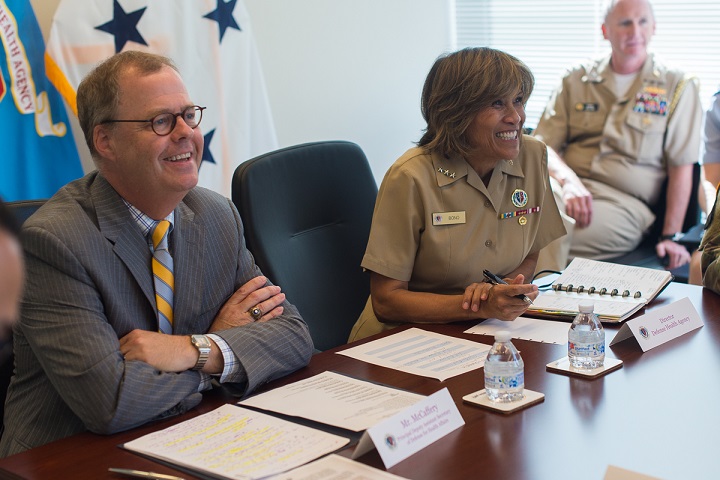
All of these changes – the Military Health System transformation, MHS GENESIS, TRICARE enhancements – are aimed at taking the DoD’s health enterprise to the next level
Non-alcoholic fatty liver disease
Infographic
1/29/2019

At the time of this report, there were no published studies of non-alcoholic fatty liver disease (NAFLD) incidence over time among active component U.S. military personnel. Examining the incidence rates of NAFLD and their temporal trends among active component U.S. military members can provide insights into the future burden of NAFLD on the MHS.
Growing Air Force’s space medicine culture
Article
1/23/2019

The role of AFSPC medics to ensure space operators are medically ready to complete their mission
2019 TRICARE Winter Safety Kit
Infographic
1/22/2019

This infographic provides tips and information about staying safe and warm during a snow storm.
A new year marks a new you
Article
1/18/2019
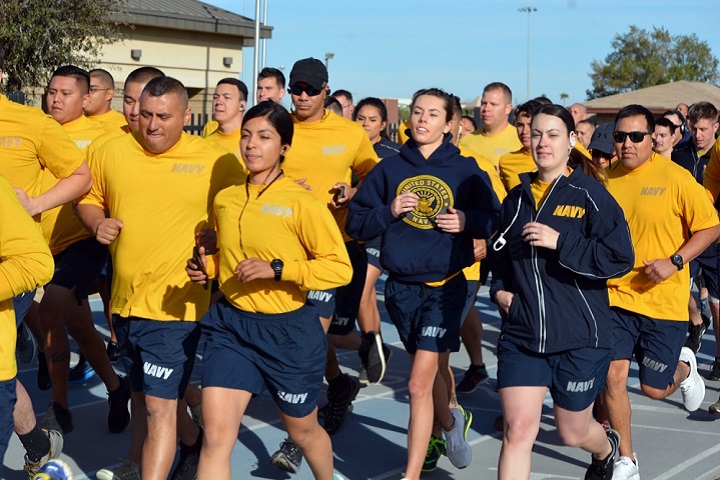
Changes in lifestyle don’t have to be drastic to be effective
CJTH continues to provide superior care for U.S., coalition forces
Article
1/7/2019
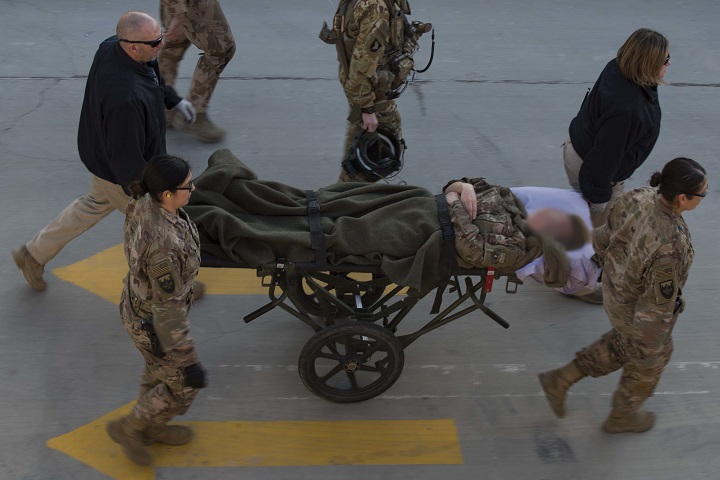
With a 99.3-percent survival rate, the hospital staff have reason to be proud
Northstar Dustoff provides aeromedical evacuation in Kuwait
Article
1/4/2019
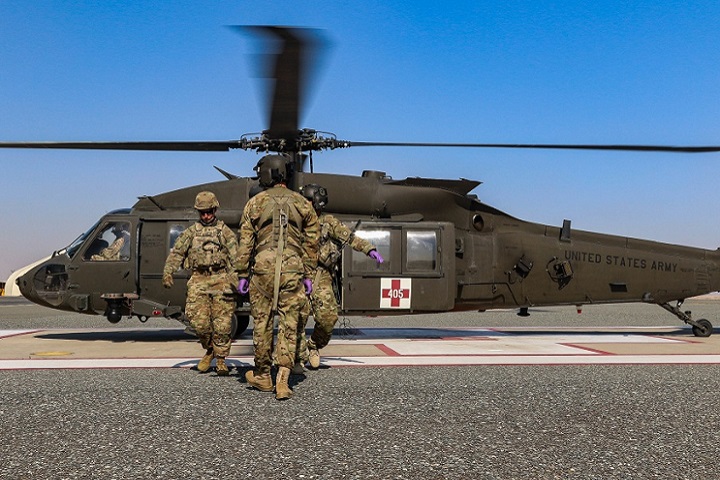
Northstar Dustoff has completed more than 60 aeromedical evacuations since August 2018
Langley surgical team goes 'purple'
Article
1/3/2019
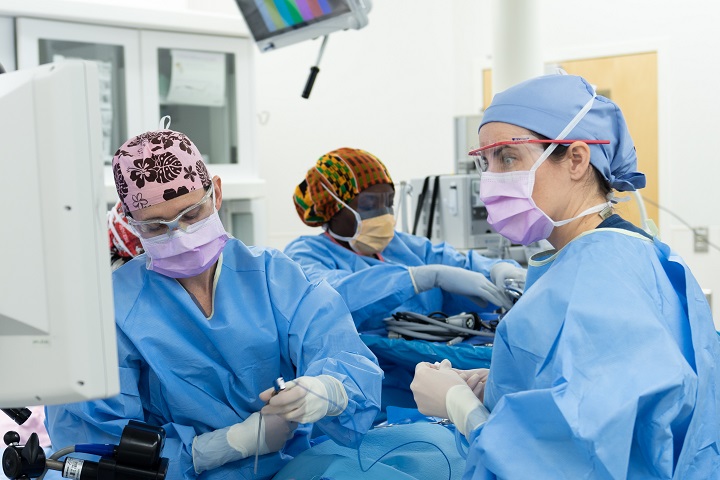
A joint surgical team was organized to perform a functional endoscopic sinus surgery
Army hospital earns reputation as a top teaching institution
Article
1/2/2019
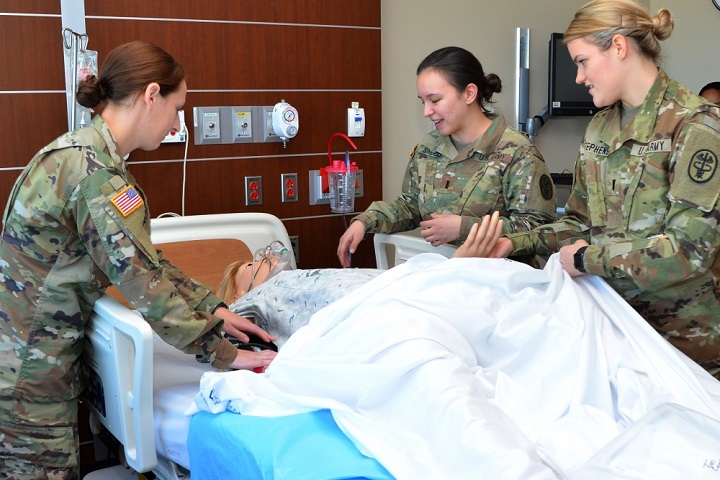
CRDAMC has been recognized by healthcare associations and educational institutions for exceptional achievements
MSMR Vol. 26 No. 1 - January 2019
Report
1/1/2019
A monthly publication of the Armed Forces Health Surveillance Branch. This issue of the peer-reviewed journal contains the following articles: Non-alcoholic fatty liver disease (NAFLD), active component, U.S. Armed Forces, 2000–2017; Cardiovascular disease-related medical evacuations, active and reserve components, U.S. Armed Forces, 1 October 2001– ...
Combat medics improve readiness with individual critical task list training
Article
12/31/2018
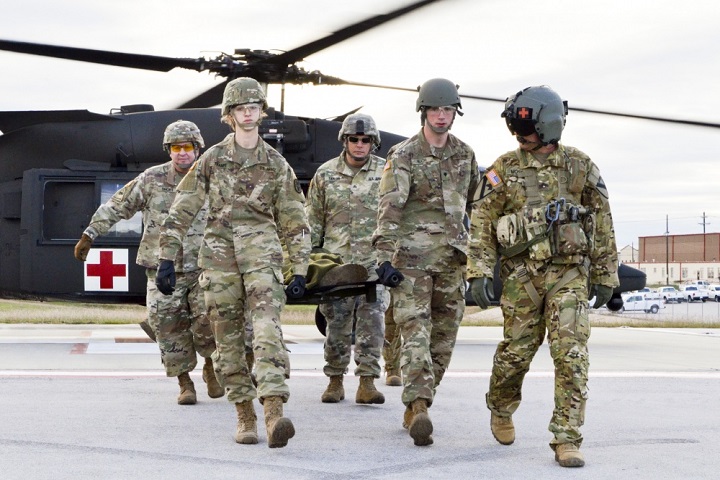
There is no substitution for being pushed around by the rotor wash of a helicopter
If the weather outside is frightful, a little preparation can make it delightful
Article
12/28/2018
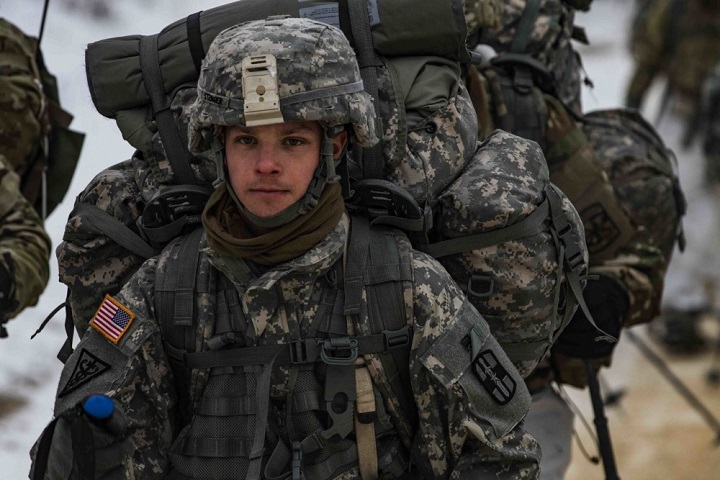
Learn the risks of exposure to cold, and steps to stay safe
Navy corpsman: Carrying the legacy
Article
12/27/2018
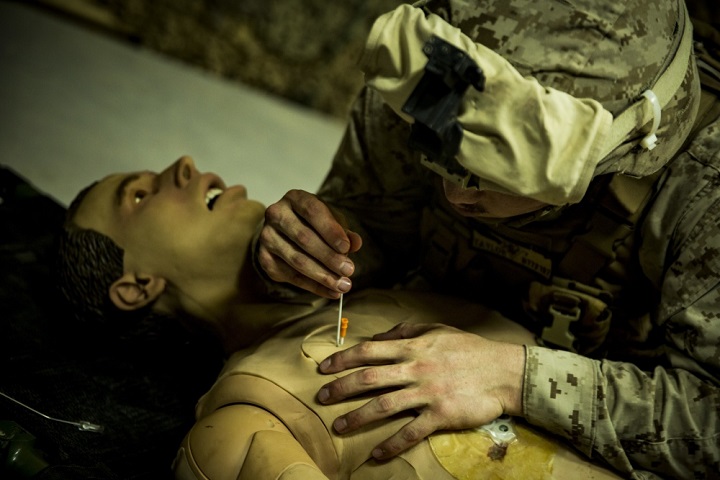
Navy hospital corpsmen attend 14-week “A” school at the Medical Education and Training Campus in Joint Base San Antonio — Fort Sam Houston, Texas
Hospital ship USNS Comfort returns home after completing mission
Article
12/20/2018
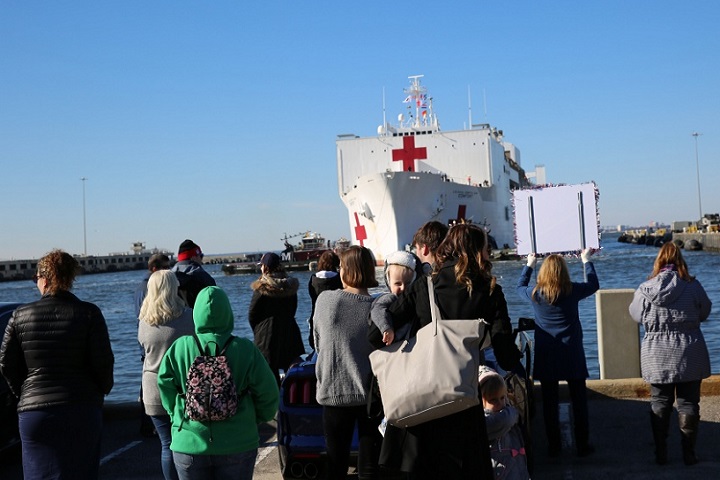
This mission marked the sixth time the hospital ship has provided medical assistance in the region
Super Galaxy: Aeromedical evacuation's biggest ally
Article
12/17/2018
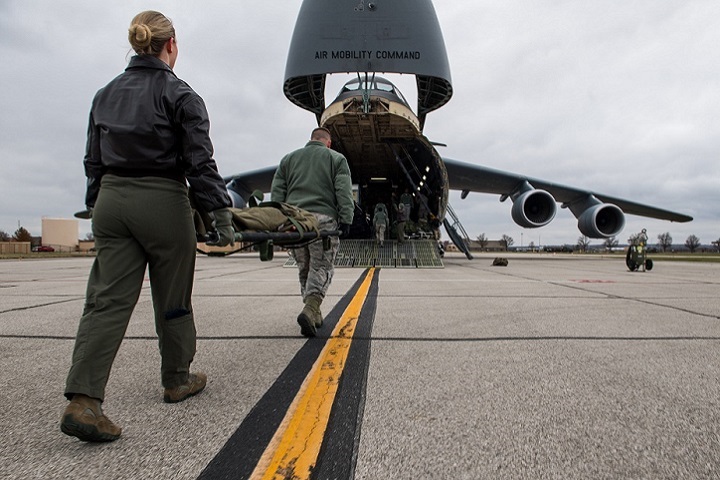
The C-5M upgrades allowed the proof of concept to work, but Airmen’s innovation is what made it happen





















.png)









No hay comentarios:
Publicar un comentario